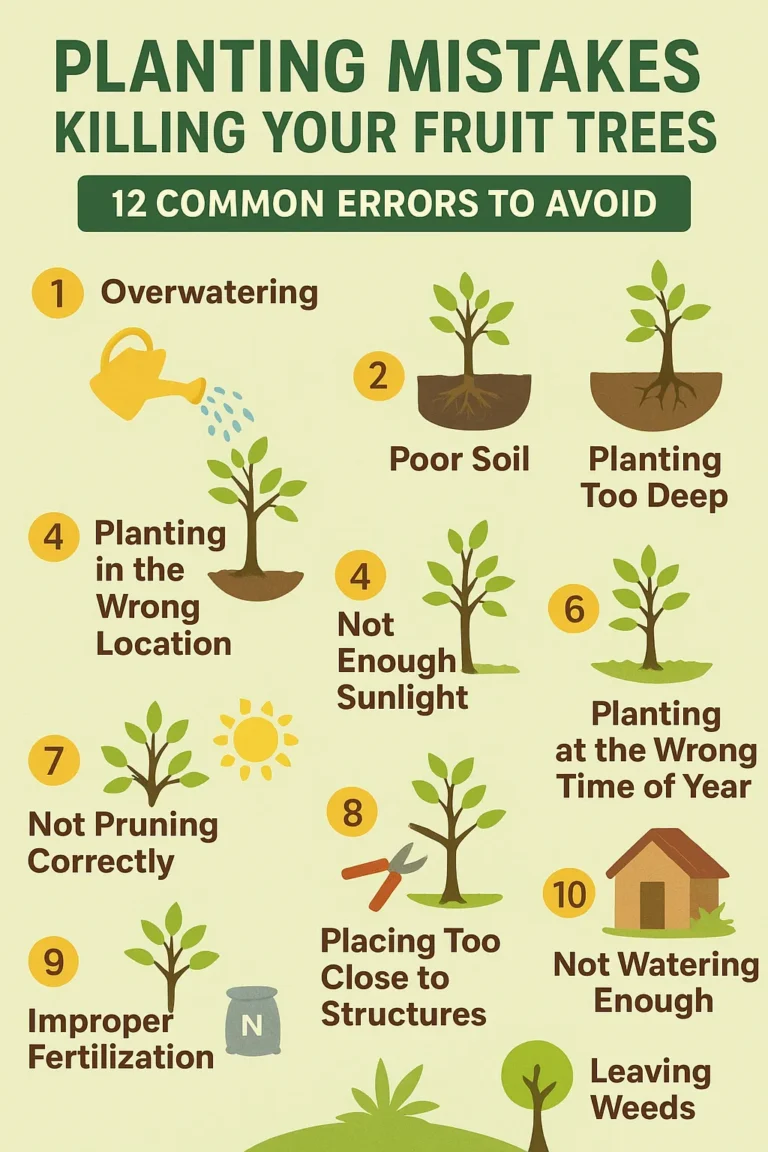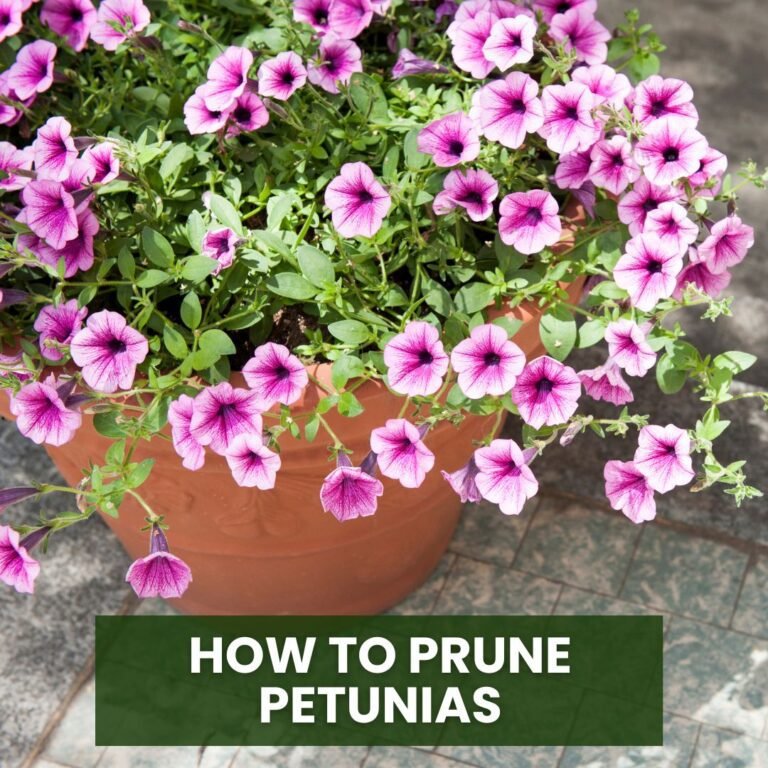How to Prune Hibiscus Plant for Healthier Growth & Maximum Blooms
Hibiscus plants are beloved for their vibrant, tropical flowers that can instantly brighten any garden or patio.
But if you want your hibiscus to flourish year after year, pruning is essential. Proper pruning helps maintain the plant’s shape, encourages more blooms, and keeps it healthy.
In this guide, I’ll walk you through everything you need to know to prune your hibiscus effectively, step by step.

🌿 Why Pruning Hibiscus is Important
Pruning hibiscus is not just about making it look nice. It stimulates growth, prevents disease, and encourages more flowers.
Removing old, dead, or weak branches lets the plant focus its energy on producing new, strong stems and blossoms.
Regular pruning also helps maintain the plant’s shape and size, making it ideal for both garden beds and container growth.
✂️ Best Time to Prune Your Hibiscus
The ideal time to prune is during late winter or early spring before the new growth begins.
This ensures your plant has enough time to recover and produce lush blooms in the growing season. Avoid heavy pruning in fall or winter, as this can leave the plant vulnerable to frost or damage.
Light pruning can also be done throughout the year to remove spent flowers and maintain a tidy appearance.
Tools You’ll Need for Hibiscus Pruning
Having the right tools makes pruning safer and more efficient. Essential tools include:
-
Sharp pruning shears for small branches and delicate cuts.
-
Loppers for thicker stems.
-
Gloves to protect your hands from thorns or sap.
-
Disinfectant or rubbing alcohol to clean tools and prevent disease transfer.
🌱 Step-by-Step Hibiscus Pruning Guide
1. Remove Dead or Diseased Branches
Start by inspecting the plant for any dead, damaged, or diseased branches. Cut these back to healthy tissue to prevent the spread of disease and encourage vibrant new growth.
2. Trim Crossing Branches
Branches that cross over each other can rub and damage the plant. Prune these to avoid weak spots and maintain a neat structure.
3. Cut Back Overgrown Stems
If some stems have grown excessively long, trim them to encourage a full, bushy appearance. Focus on cutting just above a leaf node to stimulate branching.
4. Shape Your Hibiscus
Prune selectively to shape your plant into a pleasing form. Whether you prefer a rounded bush or a taller, upright plant, shaping helps improve airflow and light penetration, which supports healthier growth.
5. Encourage More Blooms
Hibiscus flowers form on new growth, so cutting back old stems will naturally lead to more blossoms. Aim to remove at least a third of old growth to stimulate flowering.
🌸 Tips for Pruning Hibiscus in Different Seasons
Spring Pruning: Focus on shaping and stimulating new growth. Remove weak stems and old wood to prepare the plant for the blooming season.
Summer Pruning: Only deadhead spent flowers and remove minor overgrowth. Heavy pruning during hot months may stress the plant.
Fall Pruning: Light pruning is okay, mainly to remove spent flowers and any dead or diseased branches. Avoid heavy cuts before winter.
Winter Pruning: Minimal pruning is recommended. Only remove clearly dead or damaged branches to prevent frost damage.
💡 Common Mistakes to Avoid
Cutting Too Much at Once: Removing too much foliage can shock your plant. Prune gradually to maintain healthy growth.
Ignoring Diseased Branches: Leaving diseased stems can spread infection and weaken the plant.
Using Dull Tools: Dull shears cause jagged cuts that take longer to heal and may invite pests or disease.
Caring for Hibiscus After Pruning
After pruning, water the plant thoroughly to help it recover. Applying a balanced fertilizer encourages strong, healthy regrowth.
Ensure your hibiscus gets adequate sunlight and monitor for pests such as aphids or spider mites, which are more likely to attack stressed plants.
🌟 Advanced Tips for Experienced Gardeners
For gardeners who want maximum blooms, consider topping the plant to encourage lateral branching.
You can also experiment with staggered pruning, where you prune certain sections at different times to extend the blooming season.
Some gardeners use light pinching of tips throughout the growing season to keep the plant dense and vibrant.
🌸 Final Thoughts
Pruning your hibiscus might seem intimidating at first, but with the right tools and techniques, it becomes a simple, rewarding process.
By following these steps, you can encourage more flowers, healthier growth, and a beautifully shaped plant.
Remember, pruning is not just about aesthetics—it’s about giving your hibiscus the care it needs to thrive. Start small, prune thoughtfully, and enjoy the gorgeous blooms that follow!






